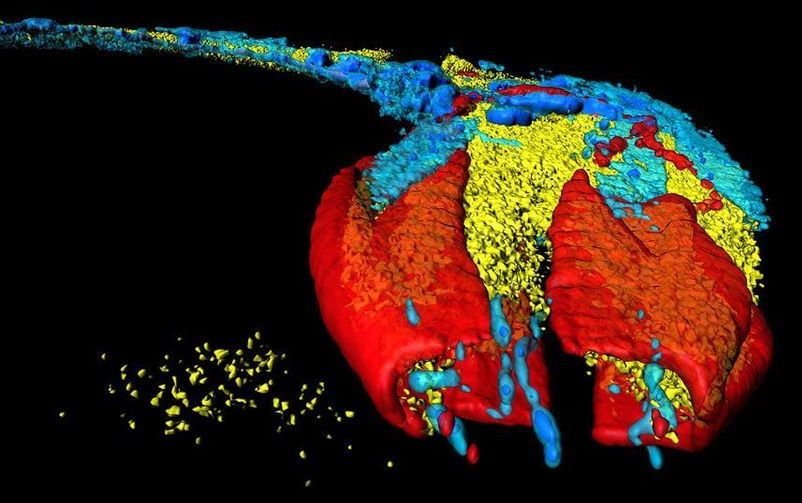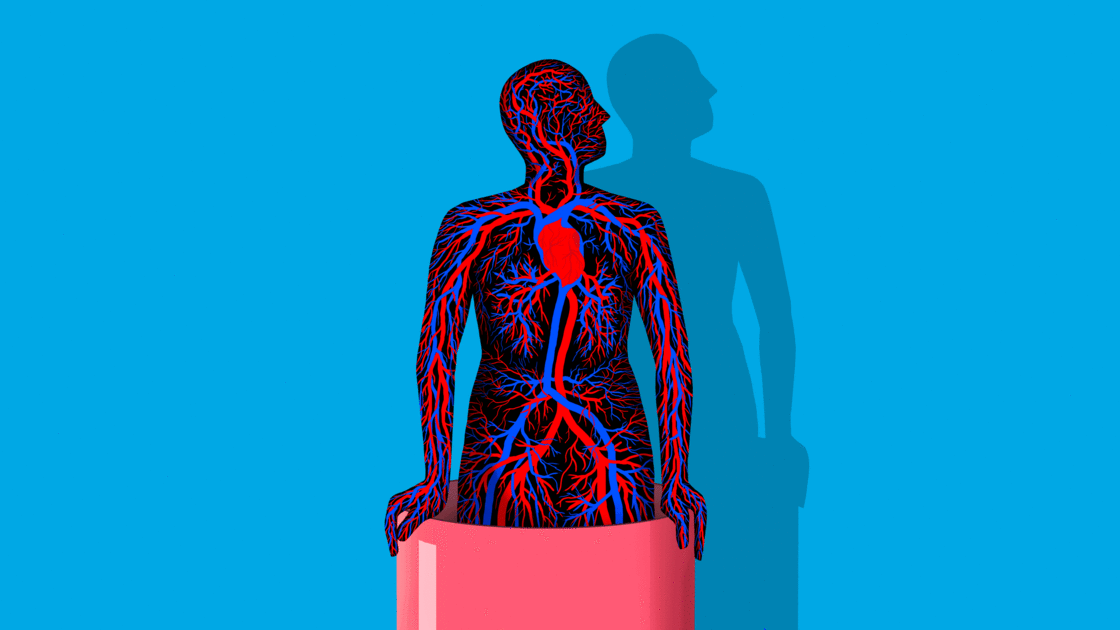This video is the eleventh in a multi-part series discussing computing. In this video, we’ll be discussing what cognitive computing is and the impact it will have on the field of computing.
[0:28–5:09] Starting off we’ll discuss, what cognitive computing is, more specifically – the difference between current computing Von Neuman architecture and more biologically representative neuromorphic architecture and how these two paired together will yield massive performance and efficiency gains!
[5:09–10:46] Following that we’ll discuss, the benefits of cognitive computing systems further as well as current cognitive computing initiatives, TrueNorth and Loihi.
[10:46–17:11] To conclude we’ll extrapolate and discuss the future of cognitive computing in terms of brain simulation, artificial intelligence and brain-computer interfaces!
Thank you to the patron(s) who supported this video ➤
Wyldn pearson collin R terrell kiyoshi matsutsuyu






